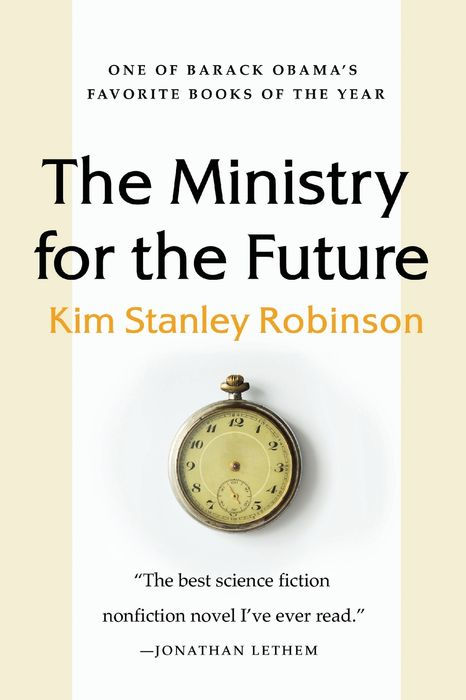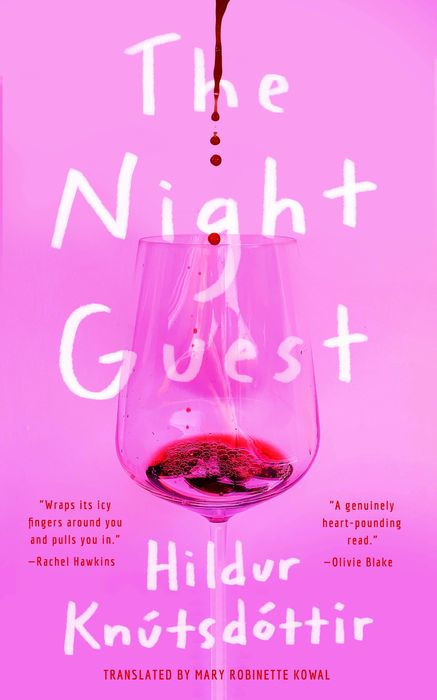
After a wet-bulb heat wave kills thousands in India, the UN forms an organization, the Ministry for the Future, intended to deal with climate change on behalf of future generations. They're not the only organization trying mitigate or fight or adapt to climate change; many other people and groups are working on the same thing, using everything from science to financial incentives to persuasion to terrorism.
We very loosely follow two very lightly sketched-in characters, an Irish woman who leads the Ministry for the Future and an American man whose life is derailed when he's a city's sole survivor of the Indian wet-bulb event, but the book has a very broad canvas and they're not protagonists in the usual sense of the word. The book isn't about individuals, it's about a pair of phenomena: climate change and what people do about it. The mission to save the future is the protagonist insofar as there is one.
This is the first KSR book I've actually managed to finish! (It's also the only one that I got farther in than about two chapters.) It's a very interesting, enlightening, educational book. I enjoyed reading it.
He's a very particular kind of writer, much more interested in ideas and a very broad scope than in characters or plot. That approach works very well for this book. The first chapter, which details the wet-bulb event, is a stunning, horrifying piece of writing. It's also the closest the book ever comes to feeling like a normal kind of novel. The rest of it is more like a work of popular nonfiction from an alternate timeline, full of science and economics and politics and projects.
I'm pretty sure Robinson researched the absolute cutting edge of every possible action that could possibly mitigate climate change, and wrote the book based on the idea of "What if we tried
all of it?"
Very plausibly, not everything works. (In a bit of dark humor, an attempt to explain to billionaires why they should care about other people fails miserably.) Lots of people are either apathetic or actively fighting against the efforts, and there's a whole lot of death, disaster, and irreparable damage along the way. But the project as a whole succeeds, not because of any one action taken by any one group, but because of all of the actions taken by multiple groups. It's a blueprint for what we could be doing, if we were willing to do it.
The Ministry for the Future came out in 2020. Reading it now, its optimism about the idea that people would be willing to pull together for the sake of future generations makes it feel like a relic from an impossibly long time ago.





